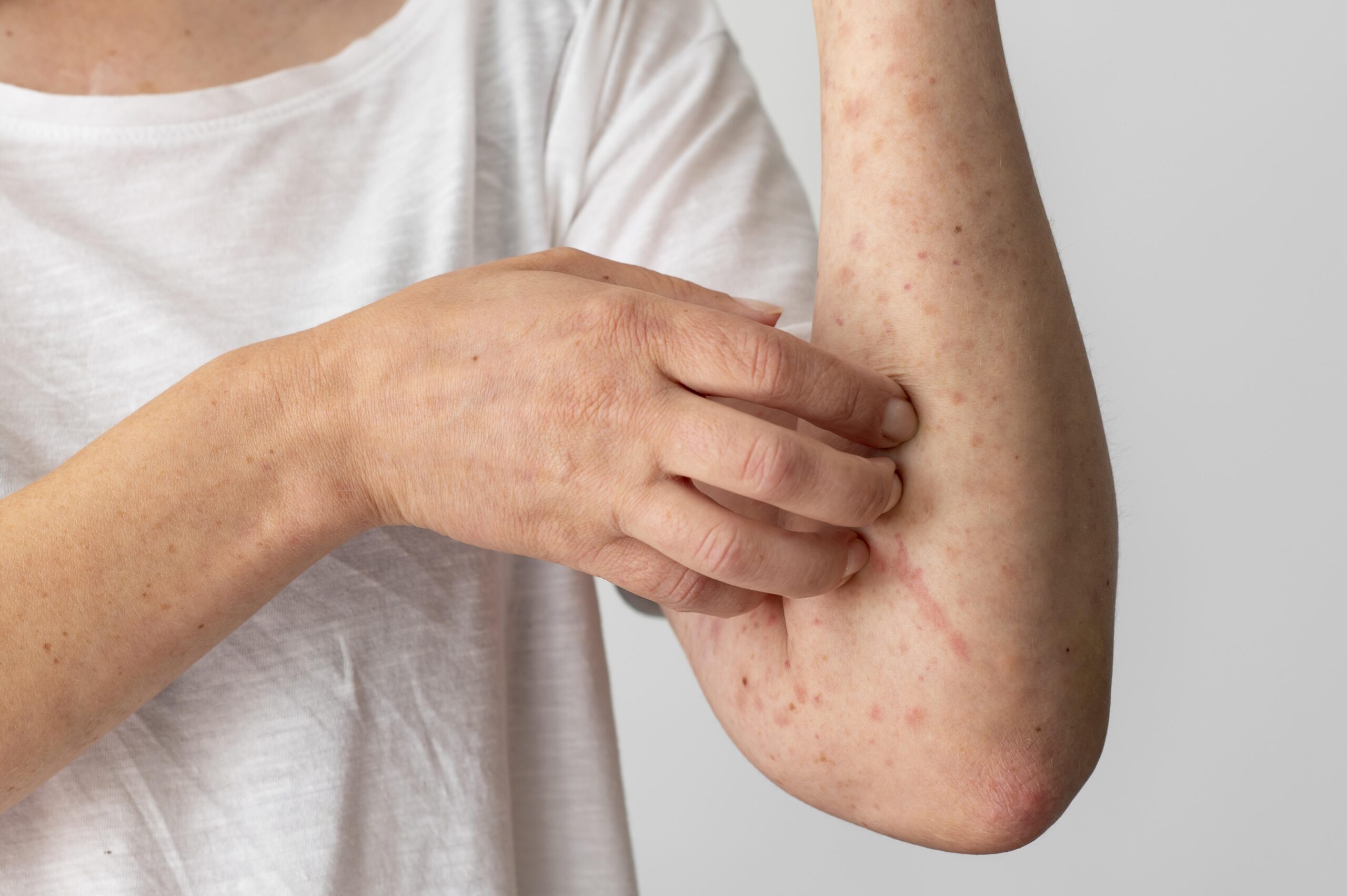What is Actinic Keratosis?
Actinic keratosis is a rough, scaly patch that forms on sun-exposed skin. These spots are also called precancerous skin lesions. They often appear on the face, ears, neck, hands, or arms. In the United States, actinic keratosis is common among adults who spend a lot of time outdoors. Because these spots can turn into skin cancer, early detection is important.
Symptoms of Actinic Keratosis
Actinic keratosis can look different from person to person. However, there are some common signs to watch for. If you notice any of these, you should talk to a dermatologist:
Sometimes, these spots feel easier to notice by touch than by sight. Over time, they may grow larger or become more noticeable.
Causes and Risk Factors
Most cases of actinic keratosis are caused by long-term sun exposure. Ultraviolet (UV) rays from the sun damage skin cells, leading to these sun damage skin spots. Other sources of UV light, like tanning beds, can also cause actinic keratosis. Several factors can increase your risk:
Because UV exposure adds up over time, people who work or play outdoors are at higher risk.
How Actinic Keratosis is Diagnosed
Doctors usually diagnose actinic keratosis by looking at your skin. First, they will examine any rough or scaly patches. Sometimes, a dermatologist may take a small sample of skin, called a biopsy. This test checks for signs of skin cancer. Early diagnosis helps prevent serious problems later.
Treatment Options
There are several actinic keratosis treatment options. Your doctor will choose the best one for you based on your skin and the number of spots. Common treatments include:
Most treatments are quick and done in the office. After treatment, your skin may be red or sore for a short time. However, most people heal quickly.
Prevention Tips
Preventing actinic keratosis is possible with good sun protection habits. Here are some simple tips to help keep your skin healthy:
Because sun damage adds up over time, it is never too late to start protecting your skin.
When to See a Dermatologist
If you notice any new, rough, or changing spots on your skin, you should see a dermatologist. Early treatment can prevent actinic keratosis from turning into skin cancer. In addition, regular skin checks are important for anyone with a history of sun exposure or previous skin problems.
For personalized advice on actinic keratosis, consult a dermatologist. Your doctor can help you choose the best care for your skin.



